ผมคือ Michael Zhang นักเดินทางชาวจีนผู้มีใจรักในการท่องเที่ยว เดินทางมาหลายประเทศทั่วโลก และชอบค้นหาประวัติศาสตร์และวัฒนธรรมในแต่ละสถานที่ วันนี้ผมจะพาคุณไปรู้จักกับ เจียป่าวโบราณ (Qibao Ancient Town) ที่ตั้งอยู่ในนครเซี่ยงไฮ้ เมืองเก่าแห่งนี้มีอายุยาวนานกว่าพันปี และเต็มไปด้วยเสน่ห์แบบเจียงหนาน (江南) ที่เป็นเอกลักษณ์ ในฐานะหนึ่งในเมืองเก่าที่มีชื่อเสียงที่สุดของเซี่ยงไฮ้ เจียป่าวไม่เพียงเก็บรักษาร่องรอยประวัติศาสตร์เอาไว้ แต่ยังมีอาหารพื้นเมืองและกิจกรรมวัฒนธรรมที่ดึงดูดนักท่องเที่ยวมากมาย ไม่ว่าคุณจะเป็นสายวัฒนธรรม หรือสายกิน เจียป่าวโบราณจะทำให้คุณมีประสบการณ์ที่น่าจดจำแน่นอน
สารบัญบทความ
แนะนำเจียป่าวโบราณ
เจียป่าวโบราณ ตั้งอยู่ในเขตหมินหาง (Minhang District) ของนครเซี่ยงไฮ้ ครอบคลุมพื้นที่ประมาณ 65 เฮกตาร์ มีประวัติยาวนานถึง 1780 ปี โดยมีถนนคนเดิน “เจียป่าวโบราณ” (Qibao Old Street) เป็นศูนย์กลาง ผสมผสานทั้งการพักผ่อน การท่องเที่ยว และการช้อปปิ้ง จึงกลายเป็นแหล่งท่องเที่ยวที่ทั้งสนุกและเต็มไปด้วยกลิ่นอายวัฒนธรรม
- ที่อยู่: เลขที่ 108 ถนนเหิงลี่ เขตหมินหาง นครเซี่ยงไฮ้ (Apple Maps / Amap)
- ระยะทางจากตัวเมือง: 18 กิโลเมตร
- เวลาเปิด: เปิดตลอดทั้งวัน (ร้านค้าส่วนใหญ่เปิด 08:00 – 21:00)
- เวลาเที่ยวที่แนะนำ: 1–2 ชั่วโมง
- ฤดูกาลที่เหมาะ: เที่ยวได้ทุกฤดู
- ค่าเข้าชม: ฟรี ไม่มีบัตรผ่านประตู

แผนที่เจียป่าวโบราณ

ประวัติความเป็นมาของเจียป่าวโบราณ
รากฐานประวัติศาสตร์ของเจียป่าวสามารถย้อนไปได้ถึงสมัยราชวงศ์ฮั่นตะวันออก เมืองนี้ได้ชื่อมาจาก วัดเจียป่าว (Qibao Temple) ที่สร้างขึ้นในสมัยห้าราชวงศ์สิบอาณาจักร (ค.ศ. 907–960) เดิมชื่อ “ลู่เป่าเอี๋ยน” ต่อมาได้รับพระคัมภีร์ “妙法蓮華經” (สัทธรรมปุณฑรีกสูตร) จากกษัตริย์เฉียนหลิว (Qian Liu) แห่งอาณาจักรวูเยว่ จึงเปลี่ยนชื่อเป็นวัดเจียป่าว
ในสมัยราชวงศ์ซ่ง เมืองเริ่มมีขนาดใหญ่ขึ้น และรุ่งเรืองที่สุดในยุคราชวงศ์หมิง–ชิงจากอุตสาหกรรมสิ่งทอ ทำให้เจียป่าวกลายเป็นศูนย์กลางการค้าสำคัญของเจียงหนาน
ปี 2020 เจียป่าวโบราณได้รับการจัดอันดับเป็น แหล่งท่องเที่ยวระดับประเทศ AAAA โดยคณะกรรมการประเมินคุณภาพการท่องเที่ยวเซี่ยงไฮ้
ที่มาของชื่อเจียป่าว: เจ็ดสมบัติ
ชื่อ “เจียป่าว” มาจากตำนานสมบัติทั้งเจ็ดของเมือง ได้แก่ พระพุทธรูปเหินมา (Flying Buddha)、พระสูตรดอกบัวทอง (Golden Lotus Sutra)、ระฆังน้ำ (Floating Bell)、ไก่ทอง (Golden Rooster)、ต้นศักดิ์สิทธิ์ (Sacred Tree)、ตะเกียบหยก (Jade Chopsticks) และขวานหยก (Jade Axe)
ชาวเมืองเชื่อว่าสมบัติเหล่านี้เป็นสัญลักษณ์ของ ความสามัคคี ความซื่อสัตย์ ความเมตตา ความกล้าหาญ ความขยัน และความจงรักภักดี
พระพุทธรูปเหินมา
ตำนานเล่าว่า พระพุทธรูปนี้ถูกหล่อด้วยเหล็กในสมัยราชวงศ์หมิง (ค.ศ. 1573–1619) โดยพ่อค้าชาวเมืองชื่อสวี่พ่าน (Xu Pan) เป็นผู้ระดมทุน รูปปั้นมีความสมจริงและงานฝีมือประณีต ปัจจุบันประดิษฐานอยู่ในวัดหนานเจี่ยว (Nanqiao Temple) และมีผู้ศรัทธามากราบไหว้ไม่ขาดสาย
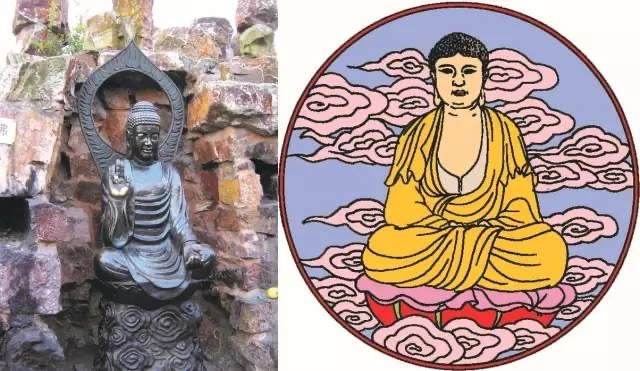
พระสูตรดอกบัวทอง
พระสูตรเล่มนี้ถูกเขียนด้วยผงทองคำ โดยพระชายาของกษัตริย์เฉียนหลิว (Qian Liu) แห่งอาณาจักรวูเยว่ ในปี 907 เมื่อเซี่ยงไฮ้ยังอยู่ภายใต้การปกครองของอาณาจักรนี้
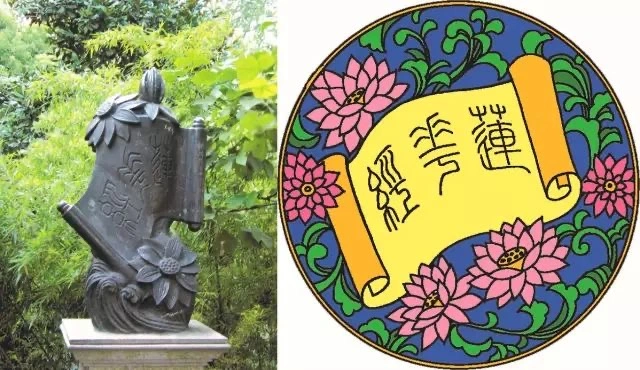
ระฆังน้ำ
ระฆังโบราณนี้ถูกสร้างขึ้นในสมัยจักรพรรดิหย่งเล่อ (ค.ศ. 1403–1424) โดยเจ้าอาวาสวัดเจียป่าวชื่อ “โป๋เชี่ย” (Boqia) เป็นผู้ระดมทุนสร้าง ระฆังนี้ได้ชื่อเพราะถูกขนส่งมาทางน้ำ ทุกคืนส่งท้ายปี พระสงฆ์จะตีระฆังเพื่ออธิษฐานให้ชาวบ้านมีความสงบสุข
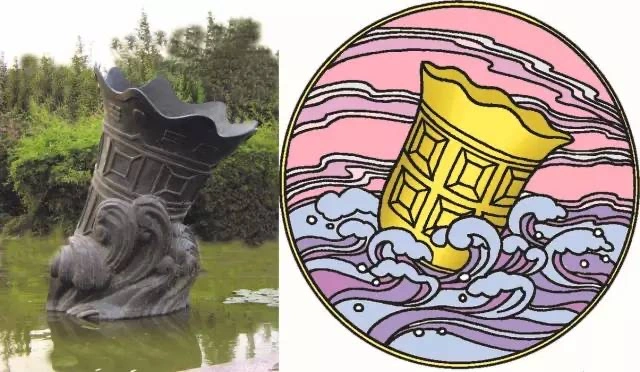
ต้นศักดิ์สิทธิ์
ต้นไม้ศักดิ์สิทธิ์คือ “ต้น Catalpa” ที่มีอายุกว่าพันปี เดิมปลูกอยู่ในวัดเจียป่าว ต้นชนิดนี้ผลัดใบและออกดอกสีเหลืองอ่อนในต้นฤดูร้อน ชาวเมืองมองว่าเป็นสัญลักษณ์แห่งชีวิตที่ไม่สิ้นสุด
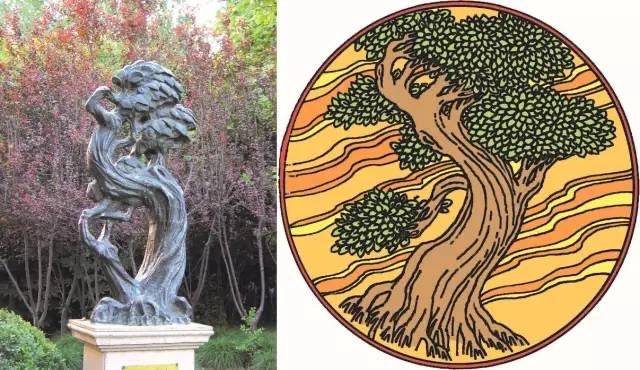
ไก่ทอง
ตำนานเล่าถึงกองดินขนาดใหญ่ทางตอนเหนือของเมือง ที่เชื่อว่าฝังหม้อทองเจ็ดใบและหม้อเงินแปดใบอยู่ข้างใน โดยจะมีเพียงครอบครัวที่มีลูกชายเก้าคนและลูกสะใภ้เก้าคนเท่านั้นที่จะสามารถขุดพบได้ เรื่องเล่านี้สะท้อนความหวังของชาวบ้านในการทำงานหนักและมั่งคั่ง
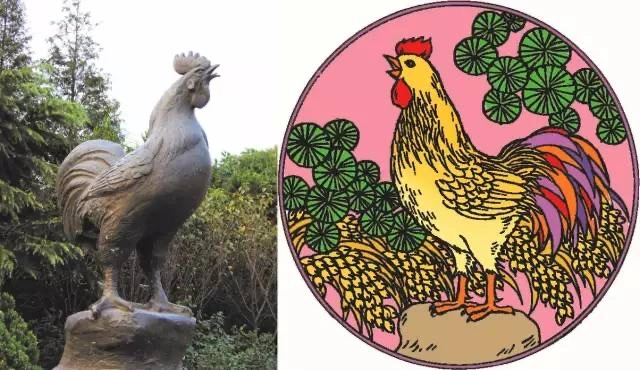
ตะเกียบหยก
มีเรื่องเล่าว่าฮ่องเต้เคยมอบตะเกียบหยกให้ขุนนางเพื่อป้องกันสิ่งชั่วร้าย ต่อมาตะเกียบนี้ถูกซ่อนไว้ในเสาหินของสะพานเจียงเจีย (Jiangjia Bridge) แม้ว่าตะเกียบจะสูญหายไปแล้ว แต่ร่องรอยยังคงอยู่บนเสาหินจนถึงปัจจุบัน
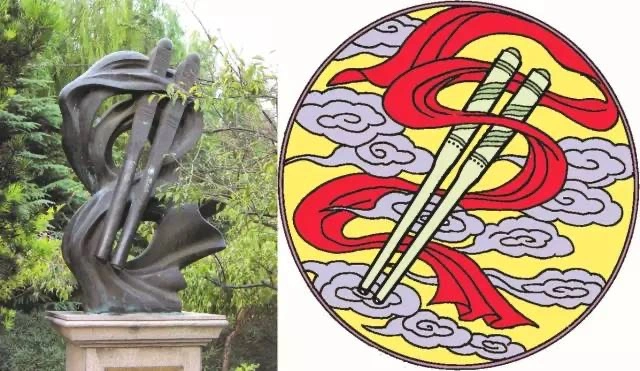
ขวานหยก
ตำนานเล่าว่าในช่วงสร้างสะพานผู่ฮุ่ยถัง (Puhuitang Bridge) ส่วนโค้งหินไม่สามารถประกบเข้าหากันได้ มีชายชราผมขาวนำขวานสับเนื้อหยกมาใช้เสริมโครงสร้าง ทำให้สะพานสร้างเสร็จสมบูรณ์ในที่สุด
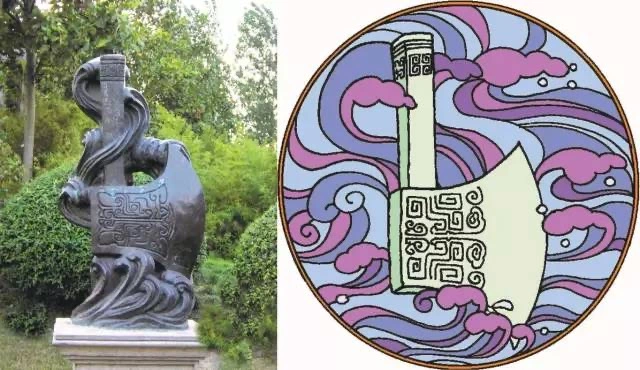
ทำไมคุณควรไปเที่ยวเจียป่าวโบราณ (Qibao Ancient Town)?
ประวัติศาสตร์และวัฒนธรรมที่หลากหลาย
เจียป่าวโบราณ ตั้งอยู่ในเขตหมินหางของนครเซี่ยงไฮ้ มีประวัติยาวนานเกือบพันปี ถือเป็นหนึ่งในเมืองโบราณที่อนุรักษ์ไว้อย่างสมบูรณ์ที่สุดในเซี่ยงไฮ้ ที่นี่มีอาคารโบราณ ถนน และตรอกซอกซอยที่เต็มไปด้วยบรรยากาศประวัติศาสตร์ เช่น ถนนโบราณเจียป่าว และวัดเจียป่าว การเดินเล่นท่ามกลางตรอกเก่าเหล่านี้ทำให้คุณได้สัมผัสถึงเสน่ห์ของการผสมผสานระหว่างอดีตกับปัจจุบัน
วัฒนธรรมอาหาร
เจียป่าวโบราณยังขึ้นชื่อเรื่องอาหารท้องถิ่นที่อร่อยหลากหลาย ดึงดูดนักชิมจำนวนมากให้มาลองลิ้มรส ที่นี่มีของกินเล่นชื่อดัง เช่น เต้าหู้แห้งเจียป่าว (Qibao Tofu Dry)、ขนมไฮถังเกา (Haitang Cake)、และเป็ดพะโล้เจียป่าว (Qibao Braised Duck) ทุกคำเต็มไปด้วยรสชาติแบบฉบับเซี่ยงไฮ้แท้ ๆ นอกจากนี้ยังมีร้านอาหารพื้นเมืองและโรงน้ำชาแบบโบราณ ให้คุณได้สัมผัสอาหารจีนแท้และวัฒนธรรมชา
บรรยากาศและประเพณีพื้นบ้าน
เมืองนี้ยังคงรักษางานประเพณีเก่าแก่และเทศกาลพื้นบ้านเอาไว้ เช่น เทศกาลโคมไฟเจียป่าว และ การแข่งเรือมังกรเจียป่าว งานเหล่านี้สะท้อนถึงรากวัฒนธรรมที่ลึกซึ้ง และดึงดูดนักท่องเที่ยวให้เข้ามาร่วมชมและสัมผัสบรรยากาศอย่างใกล้ชิด
สิ่งที่ทำได้ในเจียป่าวโบราณ
สถานที่ท่องเที่ยวสำคัญ
ถนนโบราณเจียป่าว (Qibao Old Street)
ถนนโบราณเจียป่าวเป็นหัวใจหลักของเมืองเก่า สองข้างทางเต็มไปด้วยร้านค้าโบราณและแผงอาหาร ที่นี่คงสถาปัตยกรรมสมัยหมิงและชิงเอาไว้อย่างดี สะท้อนกลิ่นอายเมืองโบราณเจียงหนาน นักท่องเที่ยวสามารถชิม เต้าหู้แห้งเจียป่าว ขนมไฮถังเกา หรือซื้อหัตถกรรมพื้นบ้าน นับว่าเป็นจุดที่เหมาะที่สุดในการสัมผัสวัฒนธรรมท้องถิ่นและยังเป็นมุมยอดฮิตสำหรับถ่ายรูป
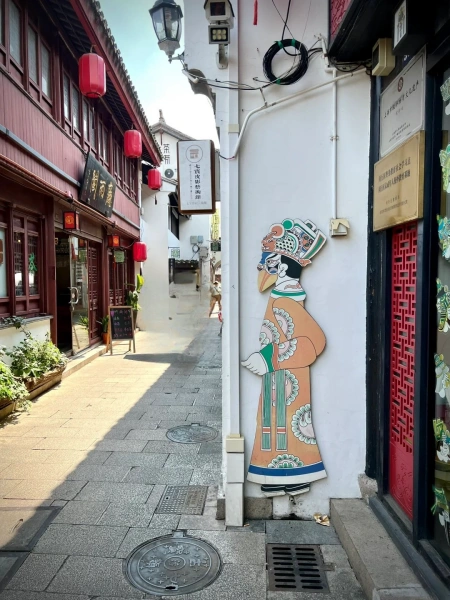
หอระฆังเจียป่าว (Qibao Bell Tower)
หอระฆังแห่งนี้ตั้งตระหง่านอยู่ตรงทางเข้าถนนโบราณ ถือเป็นหนึ่งในสัญลักษณ์ของเมือง สถาปัตยกรรมสง่างามและประดับตกแต่งอย่างวิจิตร เมื่อขึ้นไปด้านบน คุณสามารถมองเห็นทิวทัศน์เจียป่าวโบราณได้ทั่ว โดยเฉพาะยามพระอาทิตย์ตก บรรยากาศโรแมนติกและงดงามมาก
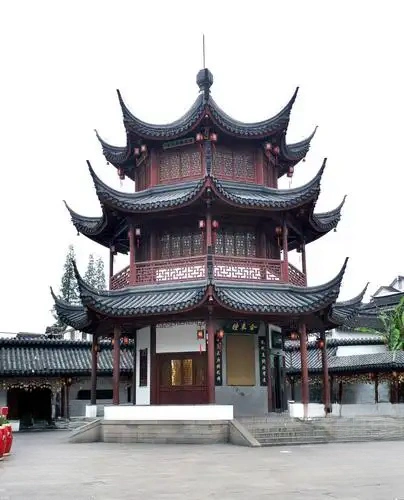
สะพานผู่ฮุ่ยถัง (Puhuitang Bridge)
สะพานหินโค้งแบบเจียงหนานที่ทอดข้ามแม่น้ำผู่ฮุ่ยถัง เป็นเส้นทางสำคัญที่เชื่อมพื้นที่ในเมืองเก่า สะพานนี้มีอายุยาวนานกว่าร้อยปีและยังคงสภาพสมบูรณ์ หากคุณยืนอยู่บนสะพานจะมองเห็นทั้งสองฝั่งของเมืองโบราณพร้อมวิวสายน้ำสวยงาม เหมาะอย่างยิ่งสำหรับคนรักการถ่ายภาพ
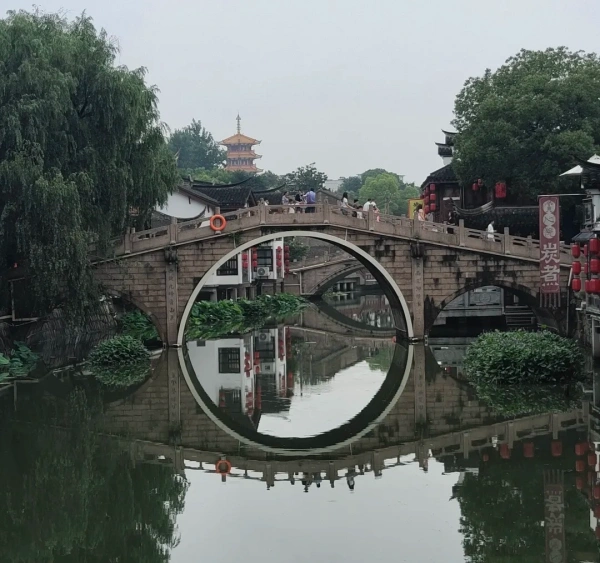
วัดเจียป่าว (Qibao Temple)
วัดแห่งนี้คือจุดกำเนิดทางประวัติศาสตร์ของเมืองเก่า และเป็นสถานที่ที่ดีที่สุดในการสัมผัสวัฒนธรรมทางศาสนา สร้างขึ้นในสมัยห้าราชวงศ์สิบอาณาจักร ปัจจุบันยังคงมีสถาปัตยกรรมแบบหมิง–ชิง สิ่งศักดิ์สิทธิ์ที่ห้ามพลาด ได้แก่ พระพุทธรูปเหินมา (Flying Buddha) และ พระสูตรดอกบัวทอง (Golden Lotus Sutra) ซึ่งมีคุณค่าทางประวัติศาสตร์สูงมาก
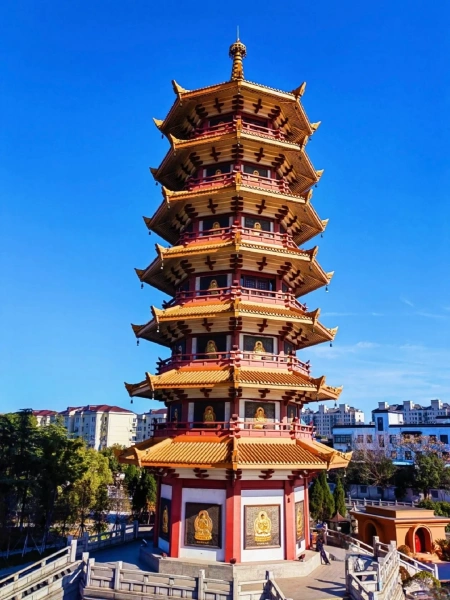
ศาลตงเย่ว์โต้วหมู่เก๋อ (Dongyue Xingci Doumu Pavilion)
ศาลแห่งนี้เป็นสถาปัตยกรรมแบบเต๋า มีประวัติยาวนานและสไตล์การออกแบบที่โดดเด่น ภายในประดิษฐานเทพเจ้าตงเย่ว์ (Dongyue Emperor) และเทพีโต้วหมู่ (Doumu) เป็นสถานที่ที่ผู้คนมักมาสักการะขอพร นักท่องเที่ยวสามารถเรียนรู้ความเชื่อของลัทธิเต๋าและชมความงดงามของอาคารเก่าแก่ได้ที่นี่
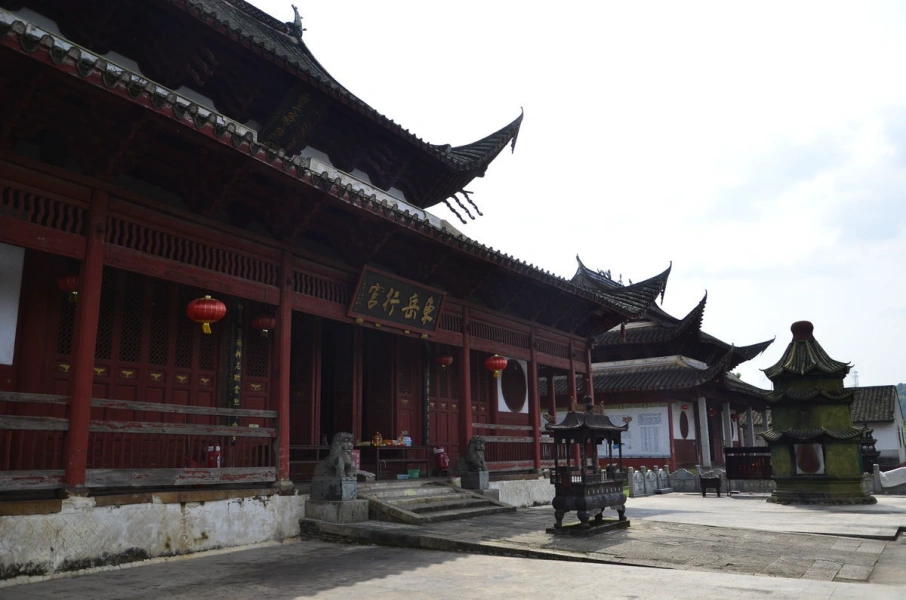
พิพิธภัณฑ์ศิลปะหนังตะลุงเจียป่าว (Qibao Shadow Play Art Museum)
พิพิธภัณฑ์แห่งนี้เน้นการอนุรักษ์และสืบทอดศิลปะหนังตะลุงแบบจีน ภายในจัดแสดงผลงานหนังตะลุงที่งดงาม พร้อมสาธิตวิธีการทำงานศิลป์ และยังมีการแสดงสดให้นักท่องเที่ยวได้สัมผัสอย่างใกล้ชิด ถือเป็นสถานที่เรียนรู้วัฒนธรรมจีนโบราณที่ไม่ควรพลาด
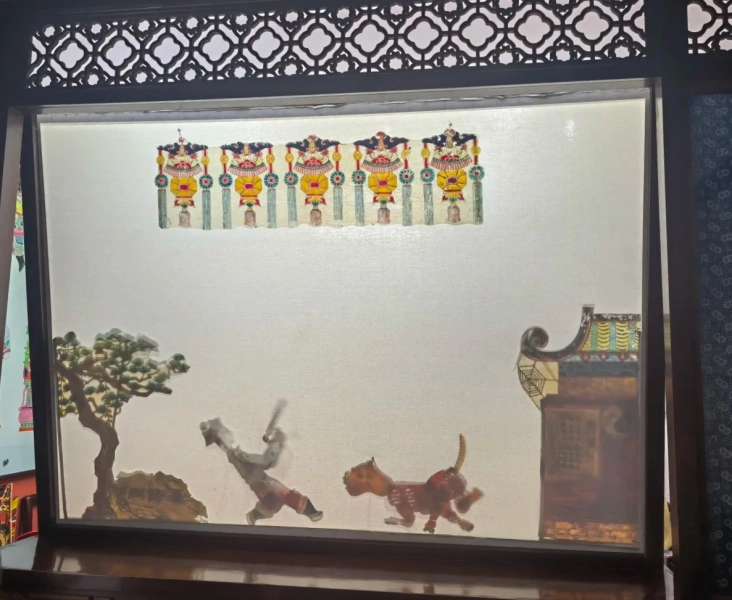
ข้อมูลบัตรเข้าชมเจียป่าวโบราณ
พื้นที่ส่วนใหญ่ของเจียป่าวโบราณสามารถเข้าชมได้ฟรี โดยไม่ต้องซื้อตั๋ว มีเพียงบางสถานที่ เช่น พิพิธภัณฑ์หนังตะลุง ที่เก็บค่าเข้าชมเล็กน้อย (ผู้ใหญ่ 5 หยวน) ถึงแม้จะไม่เข้าชมในโซนที่เสียค่าใช้จ่าย แต่เพียงแค่เดินชมวิวในเมืองเก่าและลองชิมอาหารพื้นเมือง ก็คุ้มค่าแล้ว หากต้องการซื้อตั๋วสามารถซื้อได้ที่ทางเข้าของสถานที่นั้น ๆ อย่างสะดวก
การเที่ยวเจียป่าวโบราณแบบไม่ต้องมีไกด์
คุณสามารถเดินเที่ยวเจียป่าวโบราณได้เองโดยไม่จำเป็นต้องมีไกด์ แค่เดินชมตามถนนและอาคารโบราณก็สามารถสัมผัสบรรยากาศทางประวัติศาสตร์และวัฒนธรรมได้อย่างเต็มที่ ไฮไลต์ที่ไม่ควรพลาด ได้แก่ สถาปัตยกรรมแบบเจียงหนาน และ อาหารท้องถิ่นชื่อดัง เช่น เต้าหู้แห้งเจียป่าว และขนมไฮถังเกา ตลอดเส้นทางยังมีร้านค้าพื้นเมืองและพิพิธภัณฑ์ขนาดเล็กมากมาย ทำให้การท่องเที่ยวเต็มไปด้วยความสนุกและประสบการณ์ใหม่ ๆ เหมาะอย่างยิ่งสำหรับคนที่ชอบเที่ยวเองหรือทริปเชิงลึก
เส้นทางเที่ยวเจียป่าวโบราณที่แนะนำ
สถานีรถไฟฟ้าใต้ดินเจียป่าว → หอระฆัง → โรงทอฝ้าย → พิพิธภัณฑ์รำลึกจางชงเหริน → พิพิธภัณฑ์หนังตะลุง → สะพานผู่ฮุ่ยถัง → ย่านการค้าเก่า → ถนนหนานเจี่ย → พิพิธภัณฑ์ศิลปะการประดิษฐ์ตัวอักษรเจียป่าว → พิพิธภัณฑ์แกะสลักจิ๋วโจวซื่อ → โรงรับจำนำ → สมาคมเก่า → ศาลาหญ้าจิ้งหรีด → วัดเจียป่าว
เส้นทางนี้ครอบคลุมแหล่งท่องเที่ยวหลักของเจียป่าวโบราณ ทำให้คุณสามารถสัมผัสเสน่ห์ของเมืองเก่าได้ครบถ้วน ทั้งประวัติศาสตร์และวัฒนธรรม ภายในเวลาอันจำกัด
อาหารแนะนำในเจียป่าวโบราณ
เจียป่าวโบราณถือเป็นสวรรค์ของนักชิม เต็มไปด้วยของกินเล่นและอาหารพื้นเมืองที่หลากหลาย หากคุณมาเที่ยวที่นี่ สิ่งที่ไม่ควรพลาด ได้แก่: ขนมไฮถังเกา, รากบัวสอดไส้ข้าวเหนียว, ฮั่วซานจา (ขนมลูกเหมยเคลือบน้ำตาล), ขนมฟางเกา, ข้าวต้มหมูสามชั้น, ลูกชิ้นหมูนึ่ง, เนื้อแกะต้มซีอิ๊ว, ขนมถังหยวน, ขาหมูพะโล้, เหล้าเจียป่าว และเต้าหู้เหม็นเจียป่าว
สำหรับข้อมูลเพิ่มเติมเกี่ยวกับอาหารขึ้นชื่อของเซี่ยงไฮ้ คุณสามารถดูได้ที่ 《คู่มืออาหารเซี่ยงไฮ้》
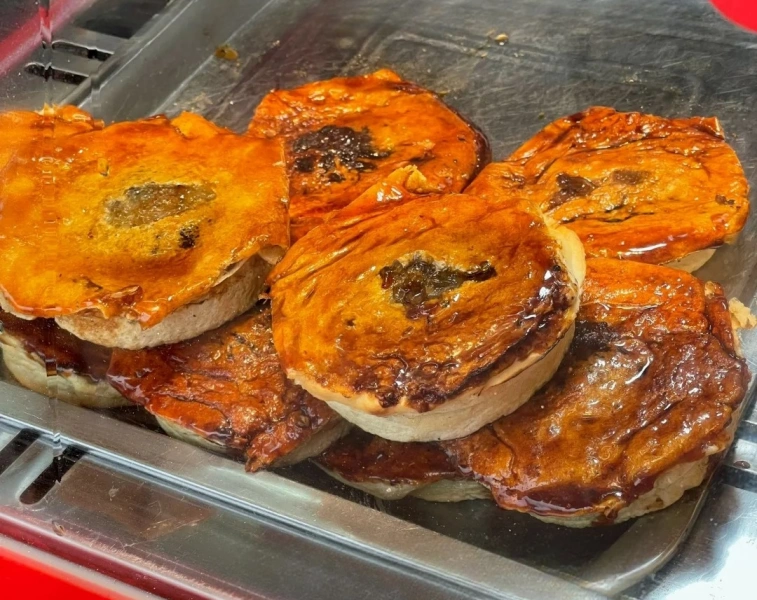
วิธีเดินทางจากใจกลางนครเซี่ยงไฮ้ไปเจียป่าวโบราณ
รถไฟฟ้าใต้ดิน
วิธีที่สะดวกที่สุดคือโดยรถไฟฟ้าใต้ดิน นั่งสาย 9 ของรถไฟฟ้าเซี่ยงไฮ้ ลงที่ สถานีเจียป่าว (Qibao Station) ออกทางออกที่ 1 แล้วเดินประมาณ 10 นาทีถึงเมืองเก่า รถไฟฟ้าให้บริการตั้งแต่ 05:30 – 23:30 น.
รถประจำทาง
คุณสามารถนั่งรถเมล์สาย 91 หรือ สาย Hongqiao Hub 4 และลงที่ป้ายใกล้ Qibao Town หรือ Qibao Old Street การเดินทางด้วยรถเมล์ถือว่าสะดวกเช่นกัน
แท็กซี่/รถเรียกผ่านแอป
จากใจกลางนครเซี่ยงไฮ้นั่งแท็กซี่หรือรถเรียกผ่านแอปไปยังเจียป่าวโบราณ ใช้เวลาประมาณ 30 นาที ค่าโดยสารราว 60–80 หยวน วิธีนี้เหมาะสำหรับนักท่องเที่ยวที่มีสัมภาระหรืออยากประหยัดเวลา
คำถามที่พบบ่อย
เหมาะสมอย่างยิ่ง เนื่องจากถนนส่วนใหญ่และพื้นที่หลักในเจียป่าวโบราณมีพื้นราบเรียบ สามารถเข็นรถเด็กได้สะดวก อย่างไรก็ตาม บางสถานที่อาจมีบันไดหรือทางแคบ แนะนำให้ผู้ปกครองระวังเรื่องความปลอดภัย
ปัจจุบันเจียป่าวโบราณยังไม่มีจุดฝากสัมภาระอย่างเป็นทางการ แต่คุณสามารถสอบถามร้านค้าใกล้เคียงได้ บางร้านยินดีช่วยรับฝากกระเป๋า ถือว่าสะดวกสำหรับผู้ที่ไม่อยากพกของหนักระหว่างเดินเที่ยว
รวมลิงก์แนะนำเที่ยวเซี่ยงไฮ้ที่จำเป็น
- คู่มือเที่ยวเซี่ยงไฮ้ฉบับสมบูรณ์ 📖
- แนะนำสถานที่ท่องเที่ยวและแผนเที่ยวเซี่ยงไฮ้ 🏙️
- แนะนำที่พัก 🏨
- คู่มือการเดินทาง ✈️ 🚇 🚄 🚆
- เคล็ดลับและข้อมูลจำเป็นในการเที่ยวเซี่ยงไฮ้ 🗺️ 🍜 📱 💸 🌤️ 💊🛍️🔌📶🧳
- 🗺️ แผนที่เซี่ยงไฮ้
- 🍜 แนะนำอาหารอร่อยในเซี่ยงไฮ้
- 🎁 แนะนำของฝากจากเซี่ยงไฮ้
- 📱 แอปพลิเคชันจำเป็นสำหรับการท่องเที่ยว
- 💸 คู่มือขอคืนภาษี (Tax Refund) ในจีน
- 🌤️ ข้อมูลสภาพอากาศเซี่ยงไฮ้
- 💊 รายการยาจำเป็นที่ควรนำไปเที่ยวจีน
- 🛍️ ดีลท่องเที่ยวในประเทศจีน
- 🔌 ปลั๊กจีน แรงดันไฟฟ้า และคู่มือปลั๊กไฟจีน
- 📶 วิธีการใช้ eSIM ในประเทศจีน
- 🧳 รายการบรรจุภัณฑ์และเช็คลิสต์การเดินทาง

 English (US)
English (US)  繁體中文
繁體中文 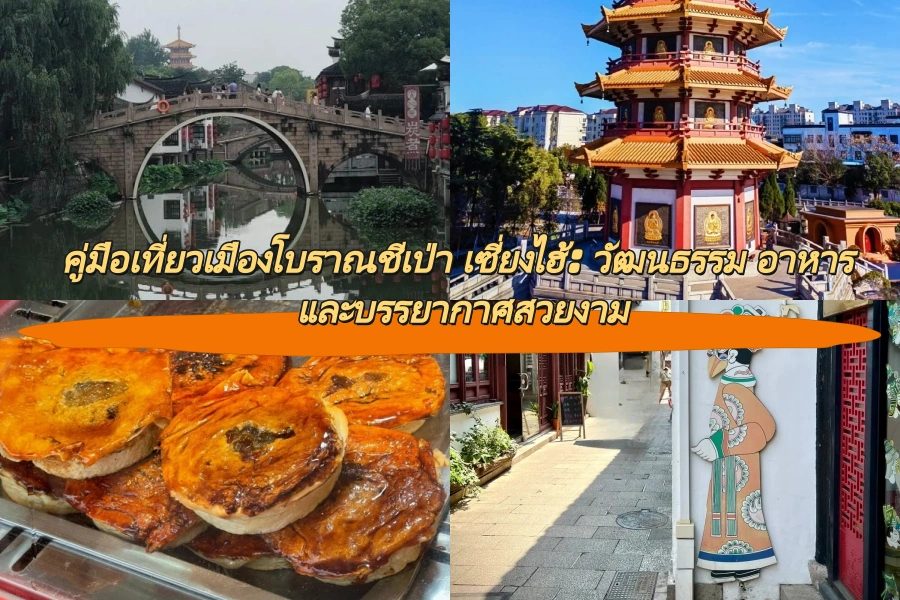
Comment (0)